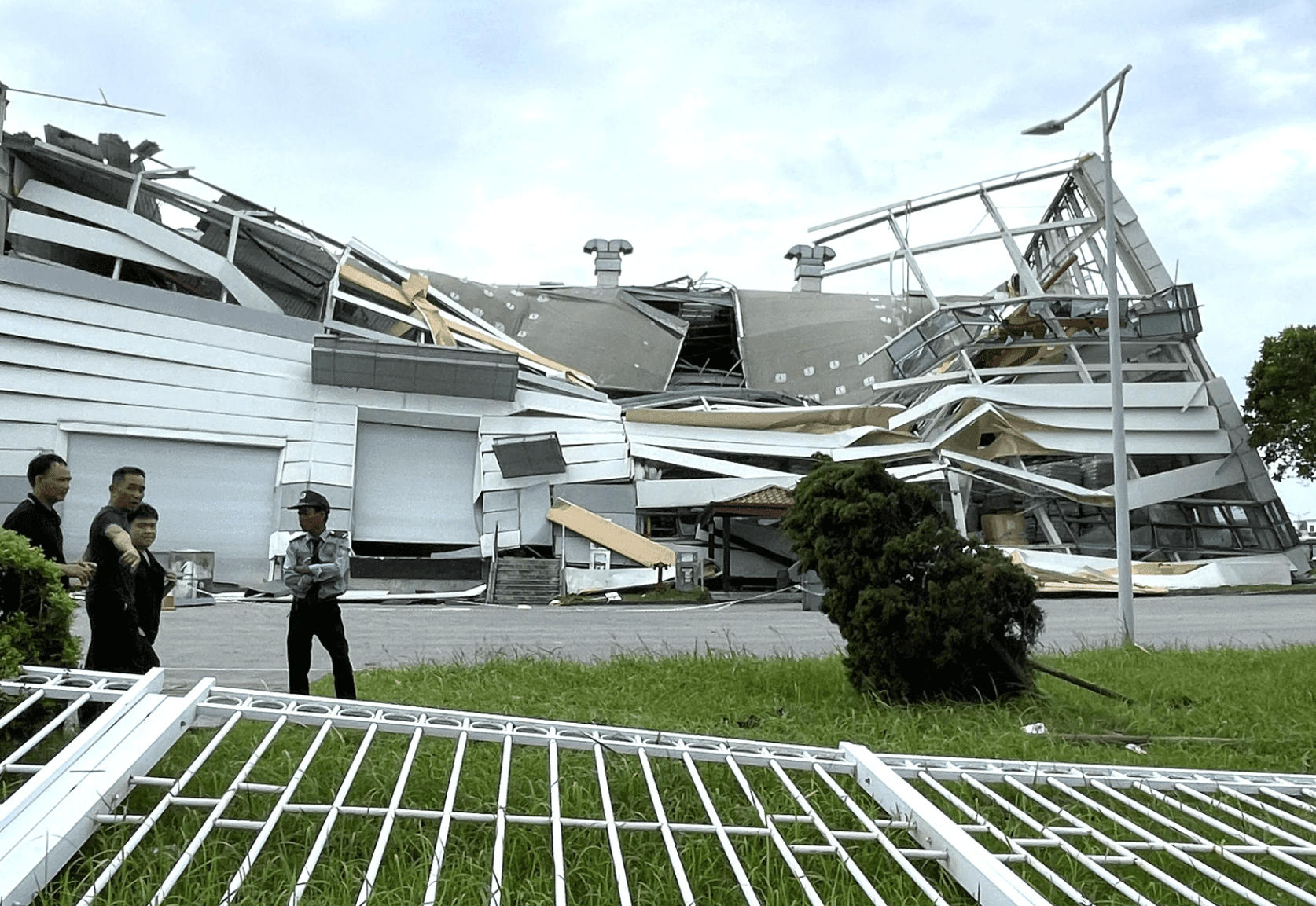Typhoon Yagi, a powerful storm that swept across the western Pacific, left a devastating mark on Vietnam, with severe human and economic losses. Though Vietnam is no stranger to typhoons, Yagi highlighted the growing challenges the country faces with increasing environmental disruptions.
As Vietnam continues its rapid development, the risks from storms, rising sea levels, and environmental degradation pose significant challenges for Vietnam in facing future disasters.
The Toll: Human And Economic Impact
Typhoon Yagi caused widespread destruction as it hit parts of central and northern Vietnam with heavy rains and strong winds. The human cost was tragically high—current reports estimate the death toll at over 179 people as of 12 September morning, with many more missing and injured.
Flash floods and landslides, particularly in mountainous and rural areas, claimed many lives as homes were swept away or buried under mudslides. These figures emphasize the challenges in disaster preparedness, especially in more isolated communities that lacked early warning systems or safe shelters.

Beyond the human toll, Yagi inflicted massive economic damage. In addition to the destruction of homes and agricultural land, the storm wreaked havoc on factories and disrupted trade routes. Many factories, especially those in industrial zones close to rivers and coastal areas, were either flooded or severely damaged, halting production.

This is expected to have a ripple effect on Vietnam’s manufacturing sector, which relies heavily on exports. The damage to infrastructure—roads, bridges, and transportation networks—has further compounded the disruption, as businesses face difficulties in resuming operations.

The overall economic cost of Typhoon Yagi is expected to be in the hundreds of millions of USD, with both local businesses and international trade impacted. Vietnam’s role as a manufacturing hub for electronics, textiles, and other goods means that the damage will have repercussions for global supply chains.
Vietnam’s Growing Vulnerability To Climate Change
Typhoon Yagi is one of many storms Vietnam has faced in recent years, and climate experts warn that the country’s vulnerability to such extreme weather events will only grow as global temperatures rise. Vietnam’s coastal geography and its heavy reliance on agriculture and manufacturing—particularly in regions like the Mekong Delta and industrial zones—make it highly susceptible to the effects of climate change.

Rising sea levels are a particular challenge. Scientists predict that if sea levels rise by just one meter, much of Vietnam’s low-lying areas could be submerged, displacing millions of people. The Mekong Delta, which produces a large portion of the country’s rice and other crops, is at risk of losing up to 40% of its land area. This would not only disrupt food production but also damage Vietnam’s export economy.
Typhoons like Yagi, while destructive, are part of a broader pattern of environmental challenges that challenge to reshape Vietnam’s landscape, economy, and society in the years to come.
Urbanization And Its Risks
One of the factors that exacerbates the impact of storms like Typhoon Yagi is Vietnam’s rapid urbanization. Cities such as Ho Chi Minh City and Hanoi are growing quickly.
While urban planning is rushing to meet the challenges, the resultant inadequate infrastructure today has left millions challenged by the effects of flooding. In particular, industrial zones and manufacturing hubs located near rivers or coastal areas were hard hit by Yagi, as floodwaters disrupted production and caused lasting damage to machinery and supplies.
Ho Chi Minh City, in particular, is increasingly prone to flooding. Overdevelopment, deforestation, and poor drainage systems have worsened the city’s ability to cope with heavy rains. If urban development continues unchecked, future storms will likely cause more frequent and severe flooding, putting even more lives, homes, and businesses at risk.

Future Preparedness: What Needs To Change?
The Vietnamese government, in collaboration with international organizations, has made progress in disaster preparedness. With that said, in the wake of Typhoon Yagi, many experts are calling for increased investment in infrastructure, including more robust flood protection, upgraded drainage systems, and better storm shelters. Coastal and rural areas, in particular, need greater investment to withstand future storms.
Additionally, the protection of factories and critical trade infrastructure are a priority. Vietnam’s manufacturing sector is a key driver of economic growth, and disruptions like those caused by Yagi can have long-lasting effects on the country’s economy. Building stronger protections for industrial zones, especially those in vulnerable areas, is essential to minimize damage and ensure business continuity during future storms.
Environmental Protection and Sustainable Growth
The challenges Vietnam faces go beyond responding to typhoons like Yagi. As the country develops, it must address the environmental degradation that highlights its vulnerability to natural disasters.
Deforestation, industrial pollution, and the destruction of natural habitats have left Vietnam more exposed to floods, landslides, and typhoons. In particular, the removal of trees in mountainous regions increases the risk of landslides, while the destruction of mangrove forests leaves coastal areas more exposed to storm surges.

Efforts are already underway, with the government focusing on reforestation and renewable energy projects. Clean energy initiatives, such as solar and wind power, are being prioritized to reduce the country’s reliance on fossil fuels.
These efforts will help reduce Vietnam’s carbon footprint and contribute to global efforts to combat climate change, though more needs to be expanded to address the environmental challenges on a national scale.
Community Resilience And Innovation
In the face of increasing environmental disruptions, community resilience is critical. Many local organizations and non-governmental groups are stepping up to support disaster relief efforts and rebuild affected areas.

Technology and innovation can also play a key role in helping Vietnam adapt to its environmental challenges. From early warning systems to better flood management technology, Vietnam has the potential to use new tools and approaches to mitigate the impact of future storms.
The government is working with international agencies to improve its disaster response systems, and local startups are exploring innovative solutions for urban planning, flood control, and infrastructure resilience.
